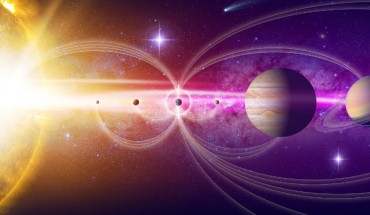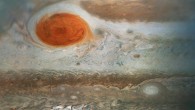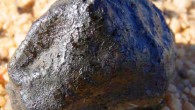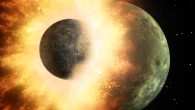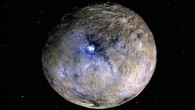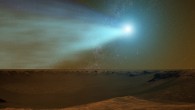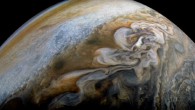A research team led by Rutgers University’s Professor Dennis Kent has documented a gradual shift in Earth’s orbit that repeats regularly every 405,000 years, playing a role in natural climate swings. Astrophysicists have long hypothesized that the cycle exists, but Professor Kent and co-authors have found the first verifiable physical evidence; they showed that the cycle has been stable for at least 215 million years and is still active today. Every...

